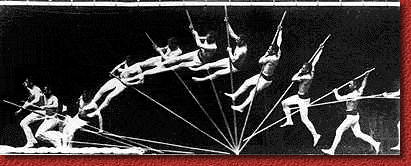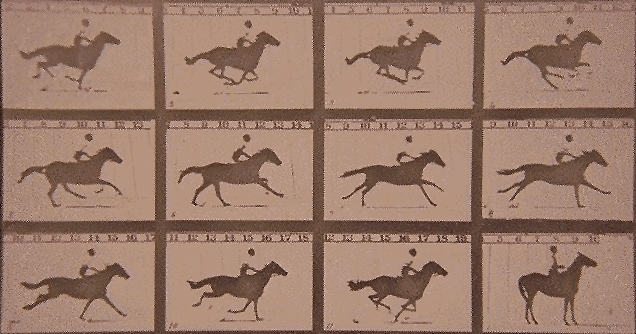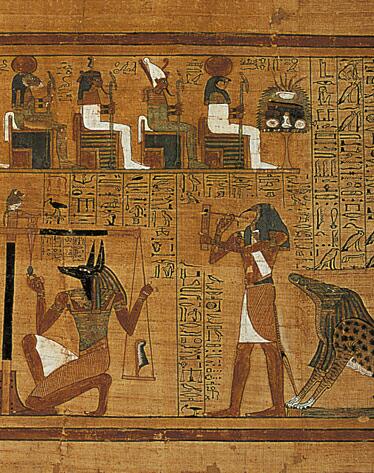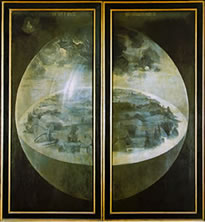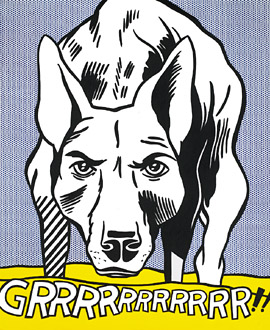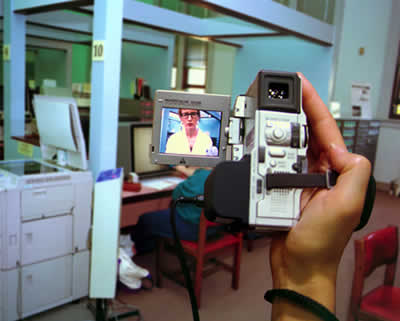|
Motion
Motion and emotion both derive from
the Italian word moto. Physical motions (walking
people, galloping horses, postures, distortion, etc.) as well as mental
emotions such as sadness, joy, love and anger. If emotions were depicted
effectively through motion the viewer is "moved" by the artwork.
MAREY, Etienne Jules "In this method of photographic analysis the two elements of
movement, time and space, cannot both be estimated in a perfect manner.
Knowledge of positions the body occupies in space presumes that complete and
distinct images are possessed; yet to have such images, a relatively long
temporal interval must be had between two successive photographs. But it is
his notion of time one desires to bring to perfection, the only way of doing
so is to greatly augment the frequency of images, and this forces each of
them to be reduced to lines." Étienne-Jules Marey, 1883 He was the inventor of the "chronophotograph"
(1887) from which modern cinematography was developed. Some in fact see Marey, rather than the Lumière brothers, as the true
father of cine photography. For those who think slow motion photography is
relatively new, Marey also invented a slow motion
camera in 1894, which took pictures at the rate of 700 per second!
Characteristic of his pictures were his studies of the human in motion,
where the subjects wore black suits with metal strips or white lines, as they
passed in front of the black backdrops.
showing
model as well as motion suit markers
Correct exposure showing only the motion suit
'markers
|
|||||
|
Modern
Motion Capture:
Egyptian
art shows the passage of time by serializing the story in continuous sections
- comic strip style- one on top of the other.
In
medieval art a well known device of placing
pictures next to one another - showing the before and after: Diptych (two panels) or triptych (three
panels) were used where the story could be read in continuity: a
sermon in pictures.
Seriality or making
a work in several sections is an effective way of moving a story along. Roy
Lichtenstein (b 1923) uses serials derived from comic books.
William
Kentridge Venice
biennale Johannesburg http://www.awn.com/mag/issue3.7/3.7pages/3.7moinskentridge.html
Art in Technological Times:http://www.stretcher.org/archives/reviews/010101/010101.html
|
|
||||

